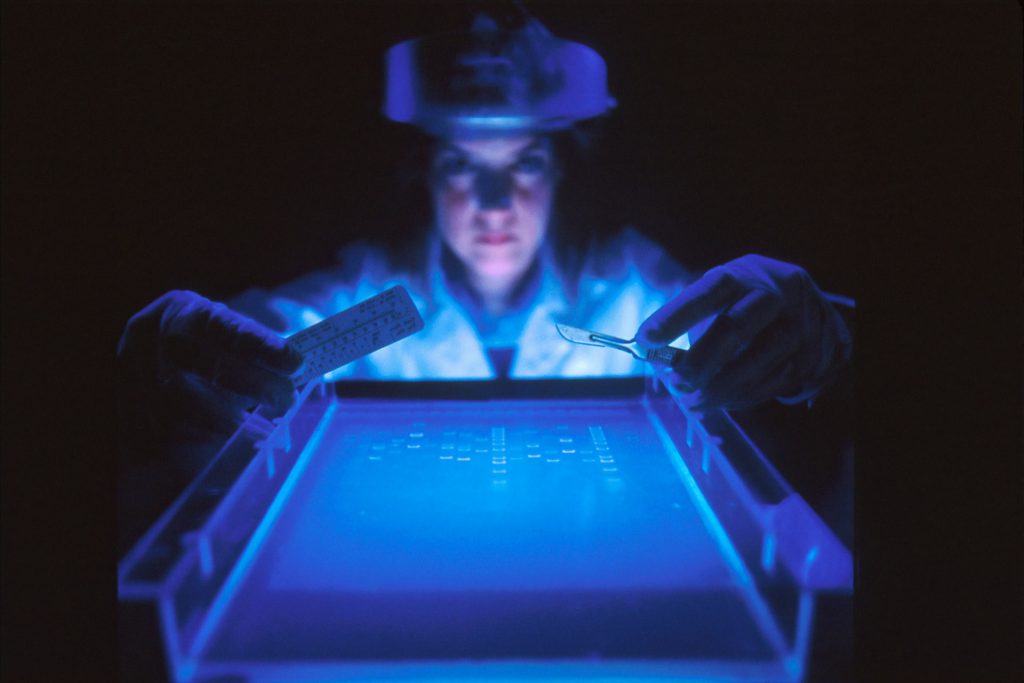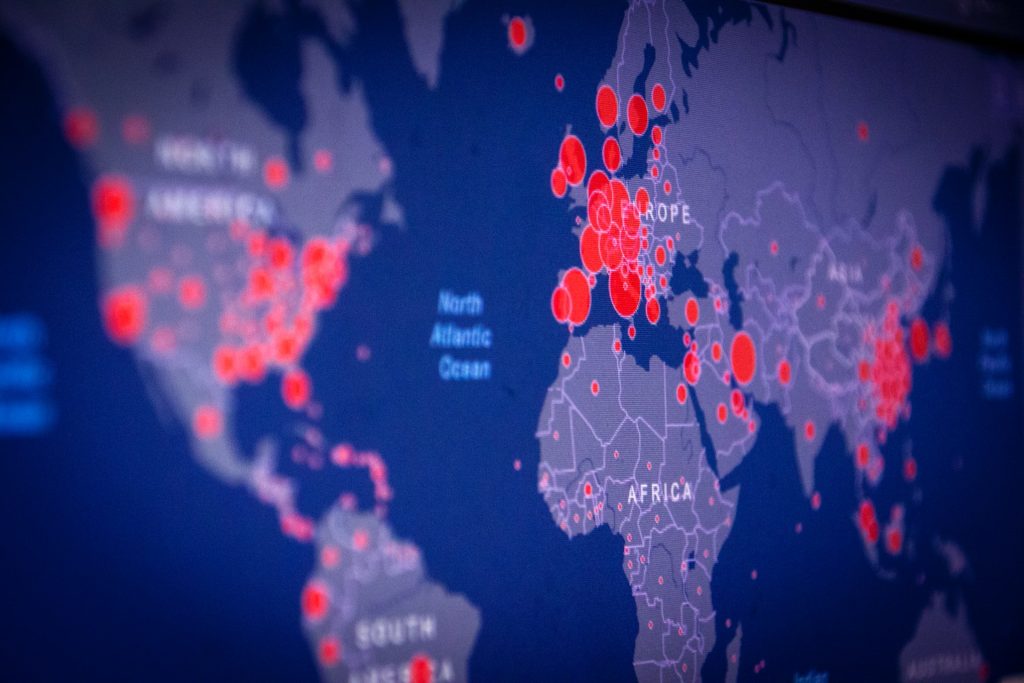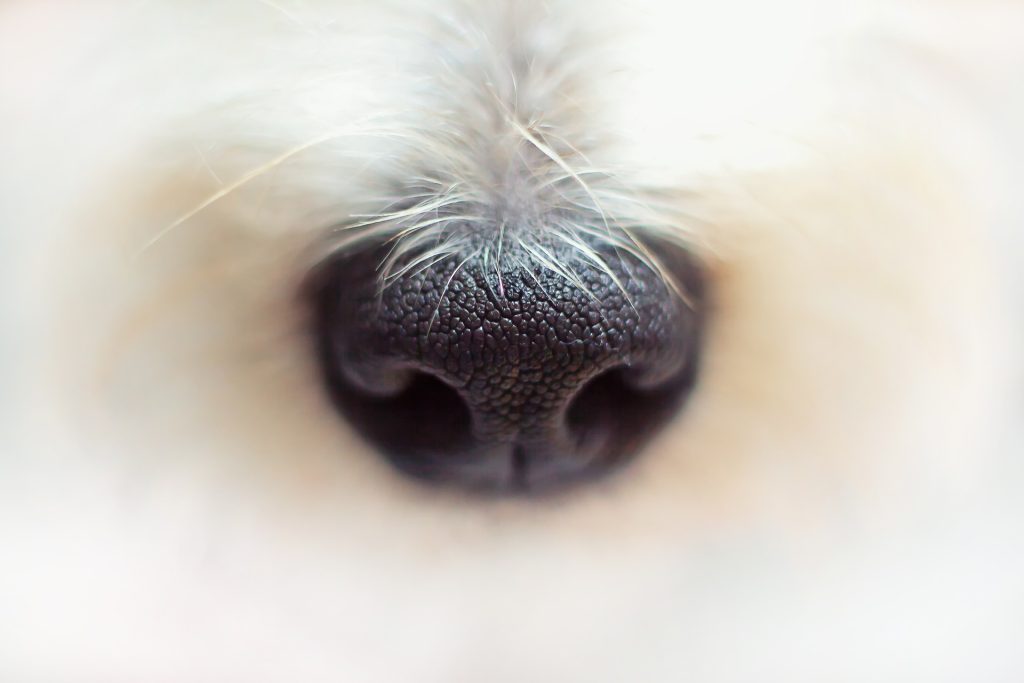Study Links OCD to Increased Risk of Stroke

Adults with obsessive-compulsive disorder (OCD) were more than three times as likely to have an ischaemic stroke later in life compared to adults who do not have OCD, according to new research.
OCD involves intrusive thoughts which may be accompanied by actions to alleviate the stress brought on by these thoughts; these are called obsessions and compulsions, respectively. Potentially debilitating, OCD typically manifests in adolescence and is under-reported and under-treated. The World Health Organization ranks OCD as one of the ten most disabling conditions worldwide, with a lifetime prevalence of 1% to 3%.
Clinical research has shown that patients with OCD often have stroke-related metabolic disorders, such as obesity and diabetes.
While a growing body of evidence suggests an association between OCD and stroke risk, with some patients developing OCD after a stroke, OCD may also influence stroke risk. OCD raises the risk for ischaemic stroke more than 3-fold, especially among older adults
Drawing on health records from 2001-2010 from the Taiwan National Health Insurance Research Database, researchers compared stroke risk between 28 064 adults diagnosed with OCD and 28 064 adults without an OCD diagnosis. The average age at diagnosis was 37 years old, with equal representation of men and women, with a maximum data coverage of 11 years.
Analysis showed that even after controlling for factors known to increase stroke risk such obesity and high blood pressure, OCD remained an independent risk factor for ischaemic stroke. However, no differences were found when considering hemorrhagic strokes, and medications to treat OCD were linked to increased risk of stroke.
Ya-Mei Bai, MD, PhD, Professor, Department of Psychiatry, Taipei Veterans General Hospital, said: “The results of our study should encourage people with OCD to maintain a healthy lifestyle, such as quitting or not smoking, getting regular physical activity and managing a healthy weight to avoid stroke-related risk factors.”
Worldwide, stroke is the second-leading cause of death after heart disease. Cerebrovascular diseases often present complex cases, and this study was the first to consider how OCD and strokes may be associated on a longer time scale.
Limitations include the observational nature of the study being unable to establish cause and effect, as well as the inclusion in the data of only stroke patients who sought health care. Additionally, information on disease severity and outcome was not included along with family medical history or environmental influences, which can further affect both the extent of OCD and severity of strokes.
“For decades, studies have found a relationship between stroke first and OCD later,” said Prof Bai. “Our findings remind clinicians to closely monitor blood pressure and lipid proles, which are known to be related to stroke in patients with OCD. More research is needed to understand how the mental processes connected to OCD may increase the risk of ischaemic stroke.”
Source: News-Medical.Net
Journal information: Chen, M-H., et al. (2021) Increased Risk of Stroke in Patients With Obsessive-Compulsive Disorder: A Nationwide Longitudinal Study. Stroke: Journal of the American Heart Association. doi.org/10.1161/STROKEAHA.120.032995.






